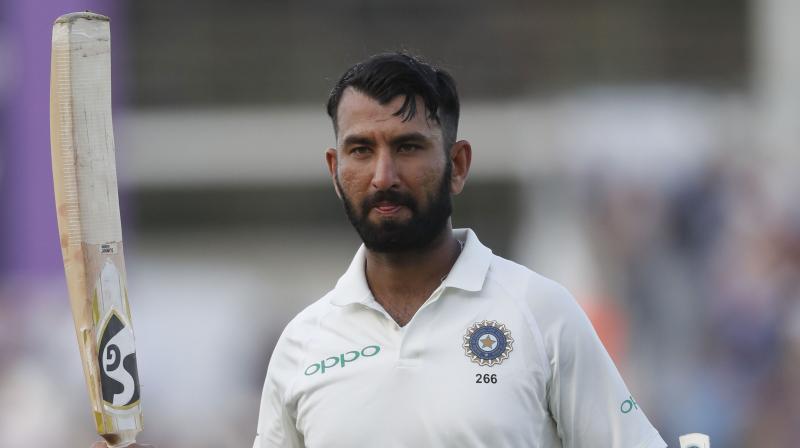History beckons Team India

Team India started the series in Australia on a bright note with a win in an opening Test, the first time ever on a tour down under. They had to fight hard to take the lead in the four-Test series, which is a reflection of the fact that no home side keels over these days. The victory was based on two quality Test innings from Cheteswar Pujara, who showed old-fashioned virtues are still relevant in the longest format and he was supported by the captain and vice-captain who are made of similar mettle when it comes to buckling down for the hard grind. Had the win been more emphatic than by a tense 31 runs, complacency may easily have set in. But this is one series in which Team India is seen to possess the wherewithal to rewrite history if only because the opposition is at its weakest in years thanks to bans on Steve Smith and his deputy David Warner.
The highlight of the win in Adelaide is another pointer to how much the quality of Indian pace bowling has improved. While historically India has produced great individual fast bowlers, the team has never quite had an armada of pace anytime even in the 30 years since Dennis Lillee began a sustained programme to train Indian pace bowlers to put in the hard yards. The young wicket-keeper Rishabh Pant came within one catch of a world record 12 in a Test when he dropped Nathan Lyon. That he joins Jack Russell of England and AB de Villiers of South Africa on 11 catches is a clear sign of the effectiveness of contemporary Indian fast bowlers. India will not have been in this pole position in the series if not for pace adding a new dimension to the old story of wristy batsmen and sinuous spin bowlers.

